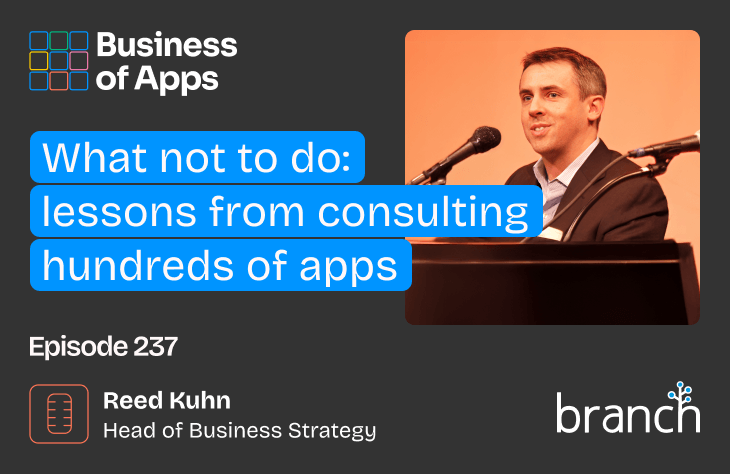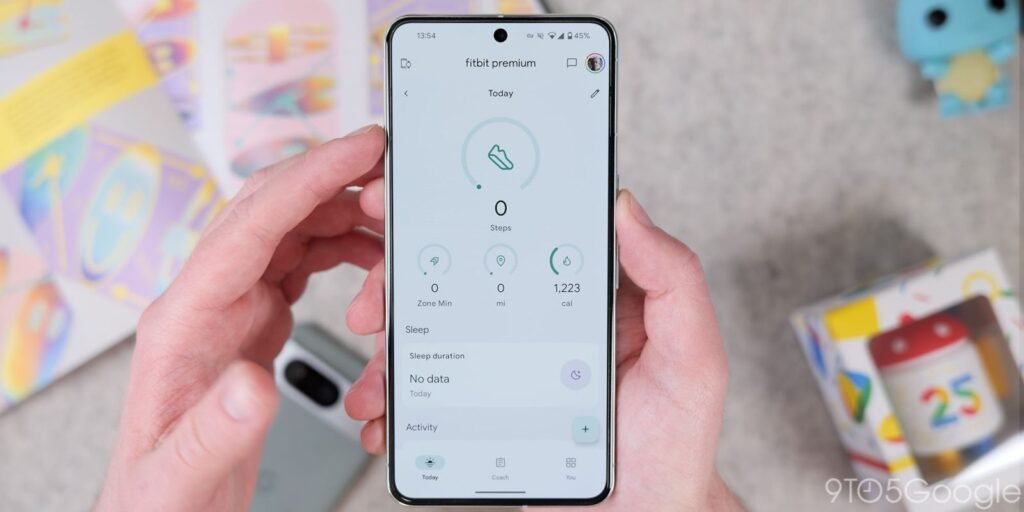If you’re like me, your phone likely has several abandoned apps. You may have downloaded some out of curiosity and others during fleeting attempts to get organized. I’ve spent years bouncing between journaling tools, mood trackers, and productivity apps, always hoping that the next one would finally stick. But they rarely did.
That changed when I found Diarium, a journaling app that helped consolidate my thoughts, plans, and memories in one place. What started as a test turned into a genuine shift in how I organize my day. I replaced three daily-use apps with Diarium, and the difference in my mental clarity and digital clutter has been surprisingly profound.

Related
I tried iPhone’s best journal app on Android and here’s my verdict
Journaling just got easier
How Diarium replaced my journaling app
Goodbye, Notion
I’d been using Notion to log my daily thoughts, track moods, and occasionally unload mental clutter. Creating a new page every day, formatting headers, and toggling checkboxes felt like busy work when all I wanted was to write and remember.
Diarium offered a completely different approach. I open the app, press the + button, and write. It automatically tags entries with the date, weather, and location. I can attach images, upload files, and record audio. You can choose a calendar view instead of just a simple feed of journal entries.
The tagging system turned out to be surprisingly useful. I can tag entries as “work,” “yoga,” “exercise,” “art,” or “therapy,” and later filter by just those. It is more intuitive than scrolling endlessly through notes or playing detective in a Notion database.
The app’s simplicity helped me journal more often since there was no pressure to fill out pre-made templates or follow a system. If I wanted to write two sentences or 200 words, both felt equally valid.
How I ditched my go-to note app
Diarium easily replaced Google Keep
Google Keep was my digital junk drawer, where I saved article links, story ideas, grocery items, and packing checklists. It was cluttered and disorganized. What’s worse is that it was separate from where I was journaling. If I wrote down an idea in Keep and journaled in Notion, I’d forget where I saved something.
Eventually, I stopped switching between apps and just dumped everything into my journal entry for the day. I jot down notes, ideas, and websites. I can also attach photos, documents, and audio snippets within the day’s entry. Although Keep also supports rich media and file attachments, it isn’t as intuitive and organized as Diarium. When I scroll back through old entries, I’m revisiting my thought process. For instance, I’ll see a note I jotted about a future trip next to the article that inspired it. With the accompanying calendar view, it gets easy to track what I wrote.
How Diarium replaced my habit tracker
Habitica’s novelty slowly wore off
Before I started using Diarium, I was tracking habits through Habitica, the app that turns your to-dos into a game. I loved the concept: tick off habits and earn XP, level up your character, collect gear, and even battle monsters with friends. It encouraged me to drink more water, exercise regularly, and avoid my phone at night.
But the novelty wore off eventually. I found myself checking off tasks to avoid virtual damage. Worse, I’d sometimes feel guilty for skipping a task because life got in the way.
With Diarium, instead of assigning XP to habits, I would tag entries with whatever activities or routines I did that day. If I worked on a hobby, I tagged it. If I read for 20 minutes or took a long walk, I included that too. The best part was that it was low-pressure and integrated into my journaling flow.
Without feeling like I was tracking anything, I began to notice patterns between what I did and how I felt. I would notice that I journaled more often on productive days. I tend to do chores when I’m procrastinating. Rather than tracking in isolation, I recognized how my habits affected my mood, focus, and energy. Over time, I stopped opening Habitica. I started approaching my goals more mindfully and reflecting on them with Diarium.

Related
How I use Gemini to create and update notes in Google Keep
A few simple prompts can make managing your notes easier
What Diarium didn’t replace
The journaling app doesn’t have to do everything
Diarium has quietly taken over multiple parts of my daily routine. It’s primarily a journal, but its integrations make it a mood tracker, habit logger, and personal timeline. You can back up your entries locally or to OneDrive, Google Drive, or Dropbox. The format is exportable, and the app works offline.
However, Diarium isn’t a full-blown task manager or calendar replacement. It doesn’t send you reminders to write or analyze your data with AI-generated insights. The app is not suitable for structured teamwork, such as shared calendars or project tracking.

Related
This little-known Android productivity app has changed how I organize everything
I found the ultimate PKM app on Android
Diarium helped me slow down and analyze my daily routine
I didn’t expect a single app to replace the three that I thought I needed. Diarium helped me collect my thoughts, track my habits, and analyze my moods. It reminded me that journaling, planning, and note-taking aren’t separate activities. If you’re tired of bouncing between too many productivity tools or if you’re looking for one digital habit that grounds your day, Diarium might be the quiet powerhouse you didn’t know you needed.








